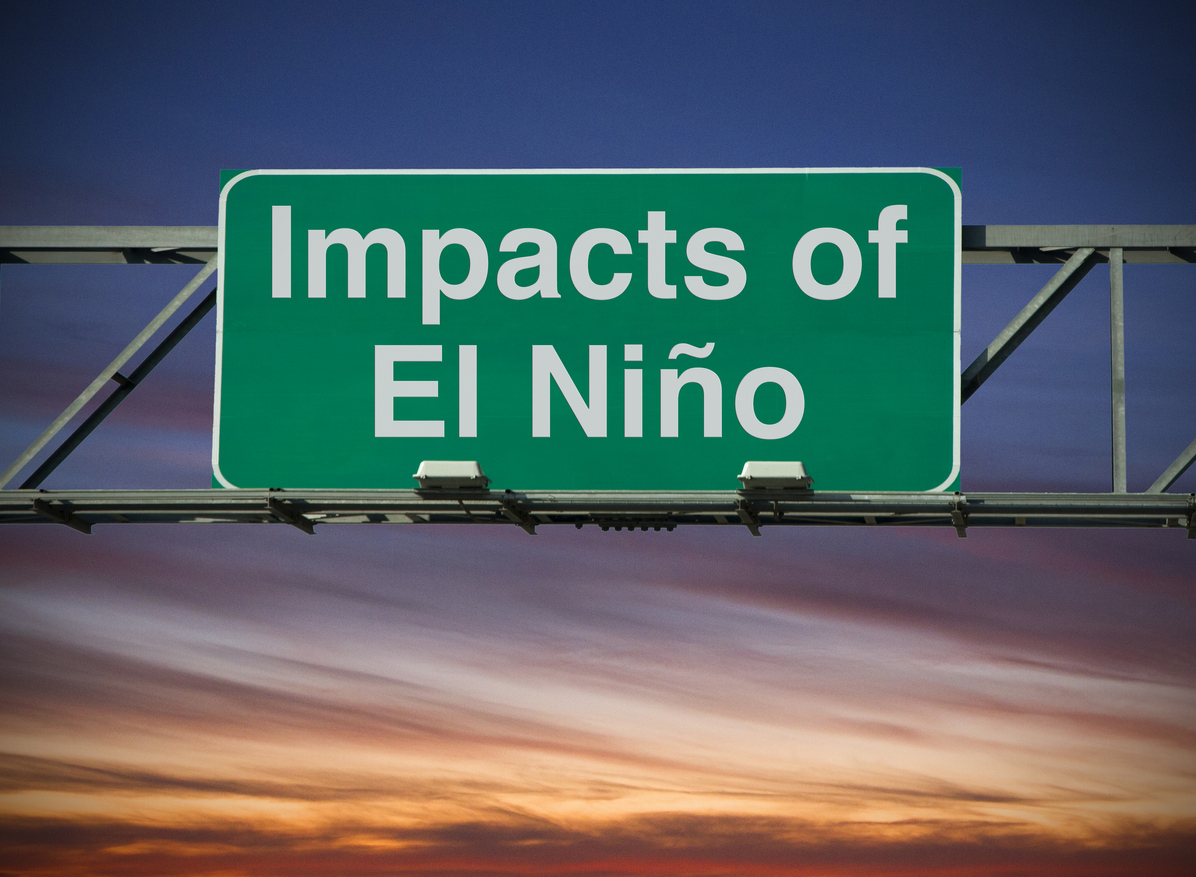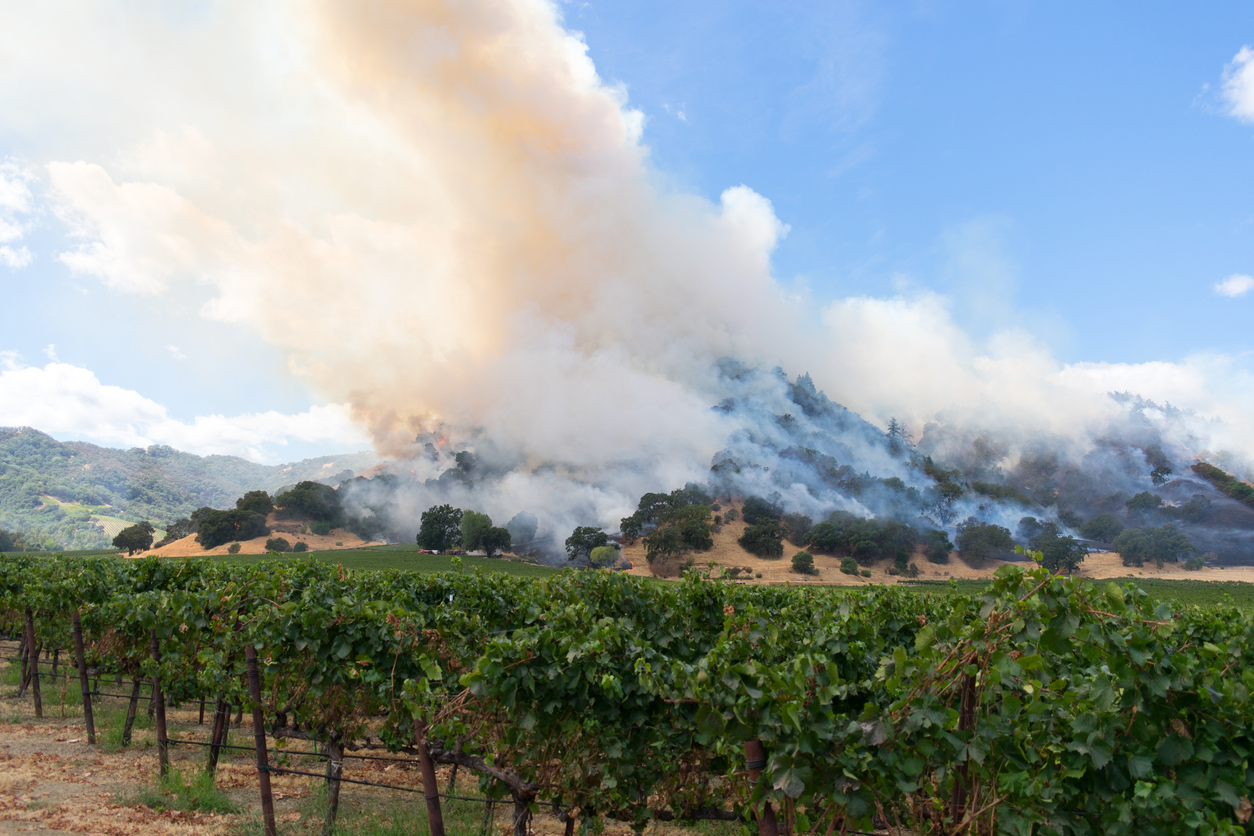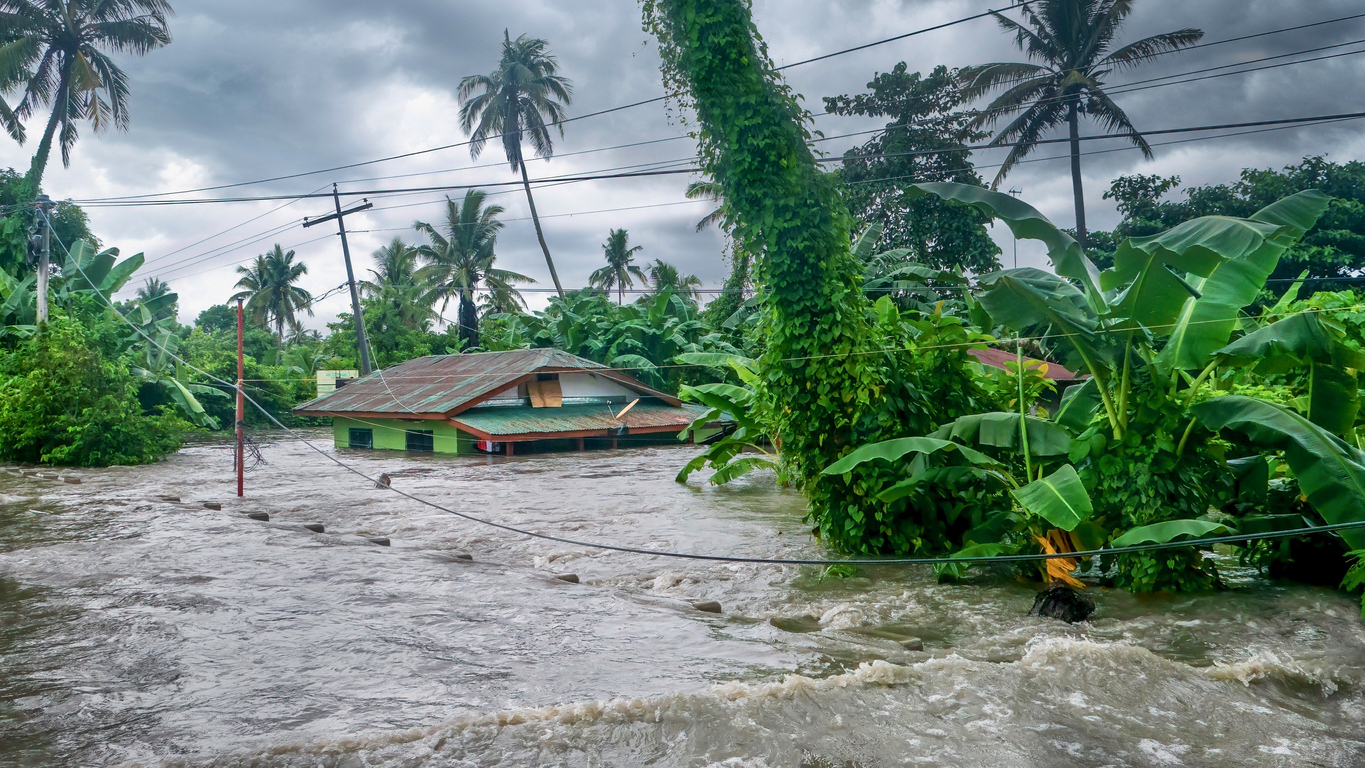September 2017 was a brutal month for the people of Mexico, with two earthquakes and a hurricane causing untold misery, multiple deaths and substantial property damage across the country. But if the general view in the global reinsurance market is that rates will inevitably rise, those who ply their trade in the Mexican direct and facultative (D&F) market are not in universal agreement.
“Across the portfolio I would expect some positive rate change,” notes Simon Jackson, head of the open market property book at Beazley Group. “Obviously the recent disasters in Mexico are devastating for the country and the people, and that’s also against a backdrop of reducing rates in the region over the last few years. The region and the business that we see from there is not only exposed to natural catastrophes, but is also subject to levels of attrition.”
It’s not a view with which Mike Papworth, senior partner and head of P&C at Miller Insurance Services, entirely agrees: “It’s early days, but our perspective is we still have a job to do for our clients to secure the best price, and I’m not convinced we can categorically say we’re in a hard market. What we can say is that rates aren’t going down anymore! But whether they’re going up? It’s too early to say.”
Despite the differing views, there seems little doubt that the Mexican D&F market is in for change. The month opened with an 8.1 magnitude earthquake centred in the Gulf of Tehuantepec on 7 September – the second strongest earthquake in Mexican history and the most intense globally in 2017, killing 100 people and causing substantial damage across the state of Chiapas. Insurers were put on notice, at the same time as many were looking at the Gulf of Mexico for potential losses.
Not long after Hurricane Katia made landfall at Tecolutla, Veracruz, before appearing to blow itself out. The windstorm then crossed the country before transforming into Hurricane Otis, a Category 3 storm, on 18 September, causing yet more damage along the Pacific coast. The next day a 7.1 magnitude earthquake centred just 120km south of Mexico City caused more despair, killing 361 people and injuring 6,000 as multiple buildings collapsed across the populous region.
Buckets of reinsurance
Mexico has always relied on reinsurance, with more than half of all premium still ceded on a facultative basis and much of the remainder going to treaties. Local insurers have traditionally held small retentions, pushing the bulk of losses into the London and Miami markets.
The Mexican market can be largely split into three distinct buckets: Fonden (Fondo Nacional para el Desarrollo Nacional, or the Federal Funds for Natural Disasters), government-owned entities and private businesses – with household insurance largely non-existent.
The Fonden schemes are run by individual states, which buy programmes to cover the vast majority of uninsured Mexicans and are designed to be the first form of response, covering homes as well as some government-owned infrastructure assets, with a federal umbrella, or Super Fonden, on top of the states’ covers. The Puebla, Veracruz, Mexico City and Chiapas Fondens are likely to be heavily impacted by recent catastrophes, and are disproportionately reinsured in London.
The federal government also insures many of its services (for example schools, medical facilities, electricity and water) in the facultative market, with several likely to have substantial losses. Finally there will be some losses from the private industrial and commercial markets,
many of which will also be picked up by reinsurers.
The latest estimate for Puebla insured losses is $4.8bn (see boxout), and with local insurers holding minimal retentions the overwhelming majority of that will be picked up by reinsurers, principally in London and Miami. Lloyd’s has announced that it is looking for 30 percent rate increases across the board for Mexican business, a position that was not seen as helpful by the wider market.
“In terms of rate increases, Mexico’s government sector is running marginal on premium versus exposure,” Papworth says, “And I don’t think you can speak to any Lloyd’s underwriter who will tell you they’re making loads of money out of Mexico. Before all this happened they were already marginal, and the fact that Lloyd’s has been hit disproportionally means they will try to push for rate increases.”
He continues: “Where Lloyd’s sometimes lets itself down is making overarching statements, like everything up 30 percent, which in practice just doesn’t work. It becomes a knee-jerk reaction, and what then happens is some of the continental reinsurers say they’ll look at things on a case-by-case basis. We’ll see what happens in October/November – whether Mexico starts heading more towards the continent or the US markets.”
Does this mean Lloyd’s might lose this business? “They might be happy to lose it,” says Papworth. “But if they’re not then it might be that the business just goes and they’ll have to say ‘I won’t do 30 percent, maybe I’ll do 10 percent’, just because of commercial and budget pressures.”
Global concerns
But the Mexican market can’t be examined in isolation, and with substantial hurricane losses to follow from the US and Caribbean, the European and American players will likely be looking for rate increases too. Uwe Fischer, general manager for Chaucer Miami, tends to think so: “I think it’s the moment to increases rates, as in Mexico they have been extremely low – and I think all the accumulation of these events, including the hurricanes, should create a certain reaction in the market.
“We have to buy additional reinsurance capacity, so we are trying to increase rates in cat territories, particularly in Mexico. Reinsurers have to judge exactly the impact, but we will see some reactions. It won’t be a heavy reaction, I think, but we have reached the bottom and we should see some increases in the next few months.” His London-based colleague Alex Campbell agrees, and notes that rates aren’t the sole focus going forward: “Rates across the board will have to go up, not just because there have been so many events in one area in a compact season, but more importantly the focus is going to be on the scope of cover offered.
“We’re not stating minimum increases across the board – it’s every account on its merits – but we are looking for increases on the book, depending on the account. And we will be doing due diligence on the terms and conditions. We will be drilling down, and we will be taking out a lot of covers that have found their way in.”
A lot of what comes into London from Mexico are the government accounts and they tend to be low loss limits with high rates on line and high values, says Campbell. Rates and self-insured retentions have diminished substantially over the last few years and coverage has been expanded.
“They all need rating improvements as it is expected that a number of them may have losses close to or above the loss limits purchased from the recent Puebla quake,” he says. One problem that has to be solved is the tendering process for government business, which has previously caused roadblocks.
“The tender process is challenging,” sighs Beazley’s Jackson, “for underwriters and for brokers, from a business planning perspective. My view is to transact with distribution partners with whom we can trade through the cycle. There are varying standards of partner, and I like to align with respected and experienced partners in the region.” He adds: “The key in any changing market is to have a broker that can sell the rate change, and is confident in being able to place it, so experienced brokers come to the fore in a market change like this.”
It’s a view that Papworth has some sympathy for: “I remain firmly convinced that tendering actually pushes your premiums up. I did a paper on this a few years ago, and if you go to Germany or Japan where they don’t tender they have some of the lowest base costs of reinsurance anywhere, and it’s based on a very different philosophy. If you look at rates they are consistently lower, and consistently even, whereas in Mexico it’s just up and down constantly.”
However, he adds: “It’s a country that heavily relies on insurance, on risk transfer, so all of that means that, handled correctly, there are still opportunities, and they will still have to buy reinsurance.”
Staking a Claim
Before there can be any certainty on where rates are headed, the current claims have to be adjusted. While this would have been (and still is) a substantial job for the adjusting community, technological advances are helping to get the job done. “In the old days these sorts of losses would have taken a lot longer to adjust,” says David Pigot, CEO of Cunningham Lindsey.
“The adjusters would need to go to each site and manually record the damage in person, but now ‘before and after’ satellite imagery and the use of drones has made life a little easier for the team. “There’s still a lot of work to be done, and technology can’t replace an experienced adjusting team, particularly in substantial natural disasters such as the Mexican earthquakes or the Caribbean windstorms, but it does help to minimise the amount of time needed across multiple locations, and the cost that entails.”
According to Marcelo Fazio, managing director of Latin American operations for global forensic accounting firm MDD: “Business interruption (BI) is invariably the largest component of property losses, particularly on large industrial or commercial covers, but that may not be the case in Mexico with relation to the recent earthquakes.
“We’re talking to our clients in Mexico and globally, as well as getting reports from the affected states, and while there will be a number of accounts affected by the earthquakes, we have been told that most of the large accounts were not severely affected, and overall BI is unlikely to represent the typically largest component of the losses across the country,” he says.
“Furthermore, intelligence from a number of carriers suggests that as much as one-third of notified losses will likely fall below deductible, but the situation continues to evolve.”
Published by Inside FAC. Contributed to by Marcelo Fazio.
The statements or comments contained within this article are based on the author’s own knowledge and experience and do not necessarily represent those of the firm, other partners, our clients, or other business partners.





































































